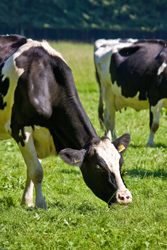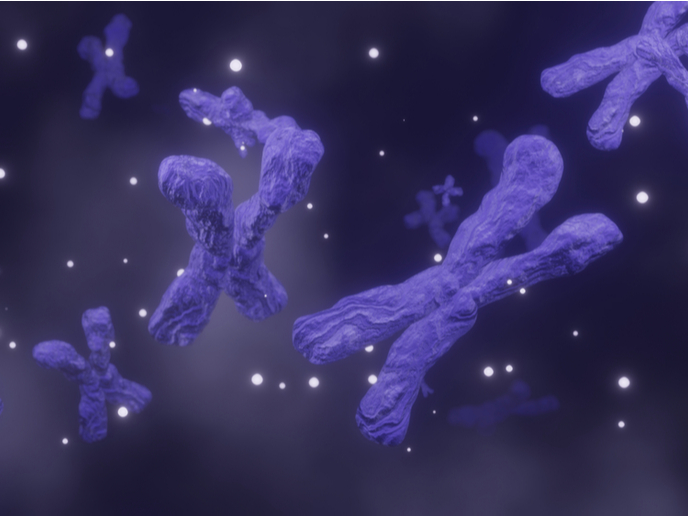Effect of protein supplements on dairy cows
The NOVAZOTE project undertook two sets of experiments which investigated the effect of protein supplements on dairy cows. The first studied the protein level and acidogenicity value (AV) of concentrates on milk producing cows fed silage from grass and maize. The second experiment analysed the effect of dietary protein content and the amino acids from metabolised proteins on milk produced from cows fed with maize silage. The maize/grass silage mixtures used remained the same throughout the study. Despite the differences in the ingredients of the concentrates, the nutritional characteristics were similar except for designed differences in crude protein (CP) concentration. Crude protein includes both true protein, which comprises amino acids and non-protein nitrogen, which can be converted into protein by micro-organisms in the cows' rumen. Differences in feed intake and milk production in the diets offered were minor. The concentrate included a buffer which reduced forage dry matter intake and reduced milk fat concentration. The fatty acids in the milk were also affected by the treatments, especially whether it originated from morning or afternoon milking. According to the results, increasing the concentrate CP concentration did not effect the composition of milk protein and had minimal effect on milk yields. The second experiment used four concentrates which differed in crude protein concentration, ether extract and sugar concentrations. The metabolisable energy which is the energy available from feed eaten by the cow was similar between the concentrates. The results indicated that diets with lower CP concentration reduced dry matter intake and milk production. However they increased the efficiency of the conversion of dietary nitrogen into milk nitrogen, thereby causing nitrogen pollution to be reduced. Researchers found that concentrates based on maize by-products increased milk production and reduced milk protein and fat concentrations. A reduction in milk protein concentration may be the result of a major imbalance of amino acids in the absorbed protein. The reduction in milk fat concentration could be due to synthesis of fatty acids in the cows' mammary glands and by bacteria in the rumen inhibited by lipid supplementation.







